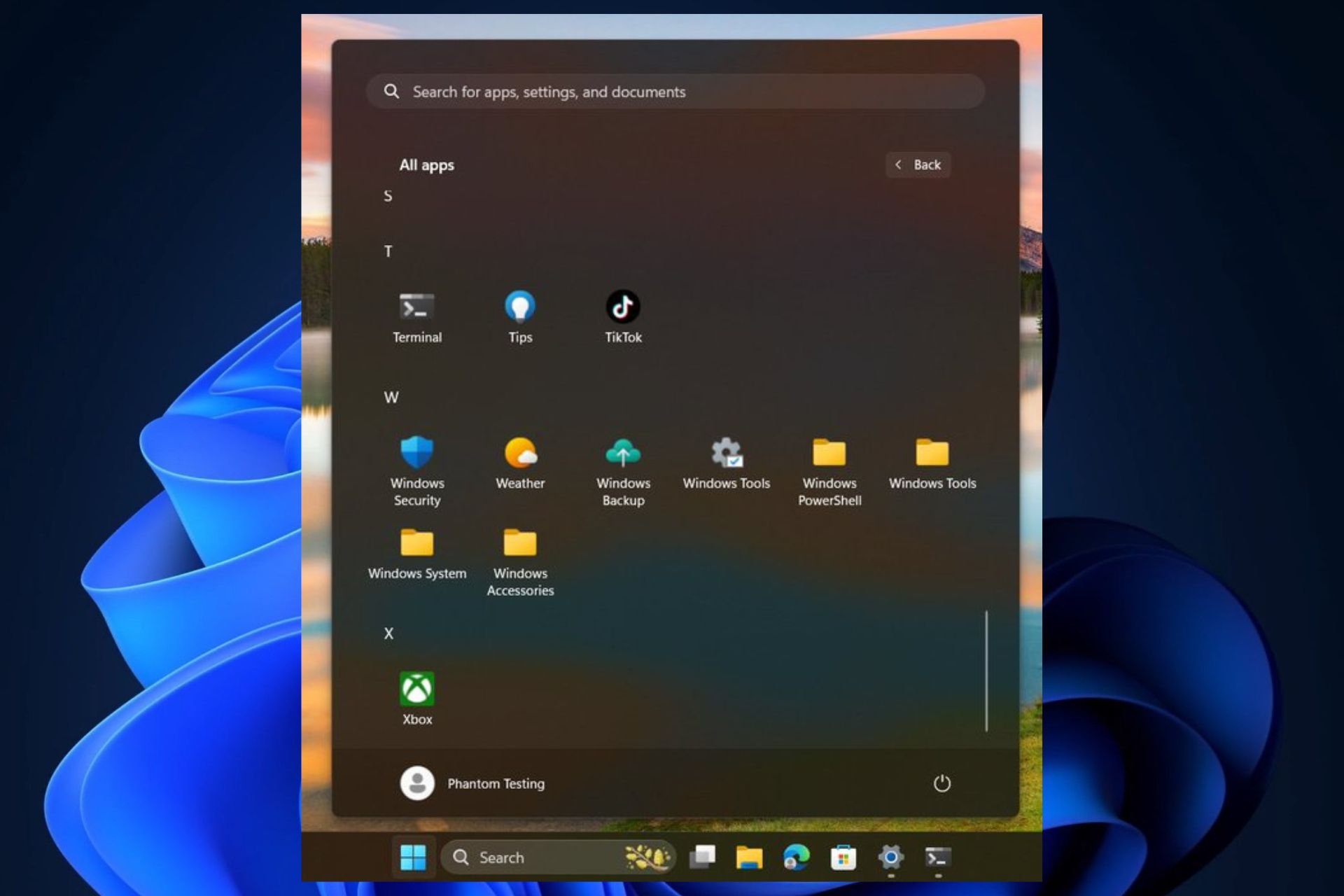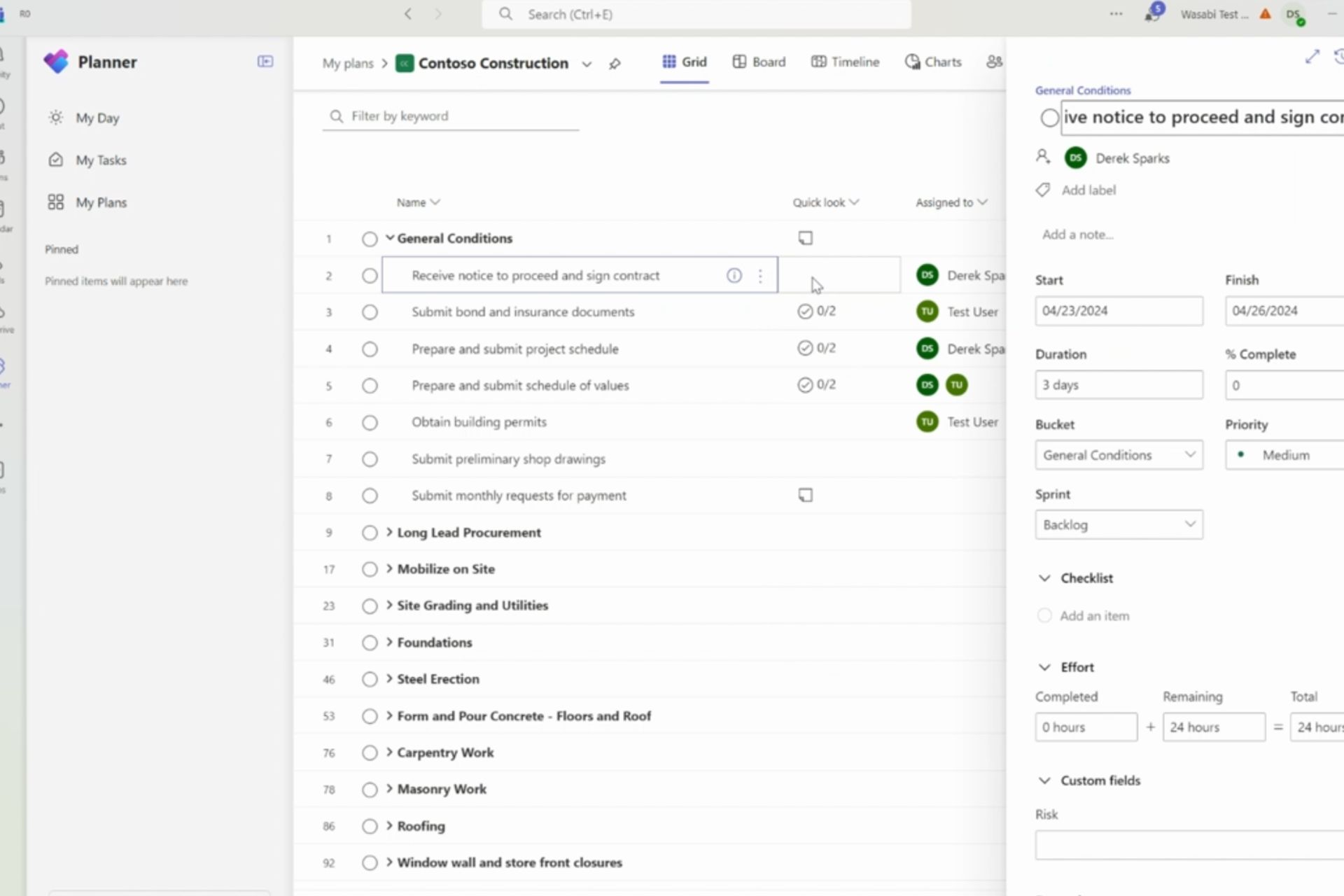Windows 10: Microsoft introduces new enterprise device management capabilities
2 min. read
Published on
Read our disclosure page to find out how can you help Windows Report sustain the editorial team Read more
In organizations of all sizes, employees are usually presented with the option to use corporation-issued mobile devices, including tablets and smartphones, or they follow a Bring You Own Device (BOYD) strategy, where employees are allowed to bring their own devices that can be tied into the enterprise network.
Either way, organization must be able to manage all these devices to ensure that the data being accessed remains private and customer information stays private. This can be a difficult task to accomplish, particularly in multinational organizations, but it doesn’t have to be, and it will be much easier to do on Windows 10.
In a recent post on the Windows Blog, Microsoft detailed a few of the ways in which Windows 10 has been optimized to make it easier for enterprises to manage devices; this includes new identity and device management options such as Microsoft Active Directory and Azure Active Directory, where connected devices allow users to login to Windows and use a singular ID to access business apps and resources.
Additionally, with this system, users can easily sign into Microsoft cloud based services such as Office 365, Microsoft InTune, and the Windows Store using the same ID, eliminating the need to memorize different user IDs and passwords.
As for device management, Microsoft has expanded on the introduction of Mobile Device Management (MDM) in Windows 8.1 that were focused on the management of a BYOD environment. In Windows 10, that management system can now manage corporate owned devices too, including the support to configure Enterprise Data Protection policies, multiple user management, Windows Store filter control, VPNs, and a lot more.
Microsoft will continue to add more corporate device management features to Windows 10 as development progresses, so we should learn about additional features in the near future.









